About Brian Polagye, Contributor to “Renewable Energy Facts and Fantasies” – Hydrokinetics
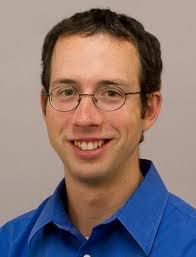
His work focuses on responsibly harnessing the kinetic energy in moving water, in particular, developing a better understanding of the practically recoverable resource for tidal streams. He says, “There is no one energy solution that gets you all the way there. I mean, you wouldn’t legitimately expect to replace all the power we currently consume with a single source like in-stream river hydrokinetics. That being said, I think that river, tidal, wave, ocean current, all of these can make a valuable contribution, either nationally or regionally, to the electric grid. So I think it’s important not to discard an idea simply because it doesn’t solve all of our problems.”

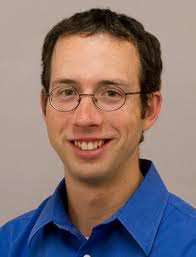
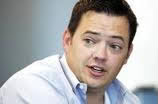
 Paul Thomsen, spokesperson for Ormat Technologies, provided the
Paul Thomsen, spokesperson for Ormat Technologies, provided the 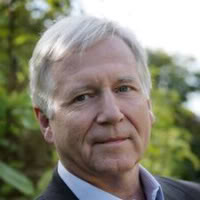
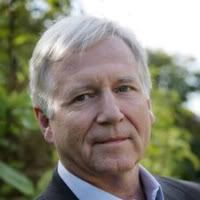 Dr. Mills, known worldwide for pioneering Compact Linear Fresnel Reflector (CLFR) technology and for his work over the past 30 years in non-imaging optics, solar thermal energy, and PV systems, contributed to the
Dr. Mills, known worldwide for pioneering Compact Linear Fresnel Reflector (CLFR) technology and for his work over the past 30 years in non-imaging optics, solar thermal energy, and PV systems, contributed to the 
 Bruce Allen is supremely well-qualified to have contibuted to the
Bruce Allen is supremely well-qualified to have contibuted to the 
 Dr. Amir Mikhail, Clipper’s senior vice president of engineering, contibuted to the
Dr. Amir Mikhail, Clipper’s senior vice president of engineering, contibuted to the 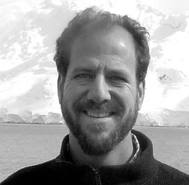
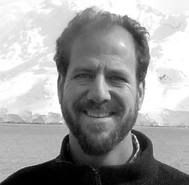

 The World Resources Institute’s Vice President for External Relations Robin Murphy contributed to the
The World Resources Institute’s Vice President for External Relations Robin Murphy contributed to the 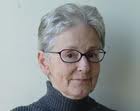
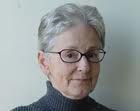 Johanna Wald contributed to the
Johanna Wald contributed to the ![[The Vector] Former Senator Daschle and Newly-Formed Clean Energy Coalition Call on Obama for Action](http://2greenenergy.com/wp-content/uploads/2010/07/daschle-at-press-conference-courtesy-Mannie-Garcia.jpg)
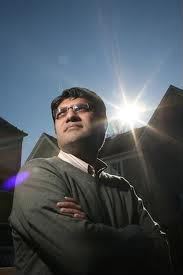
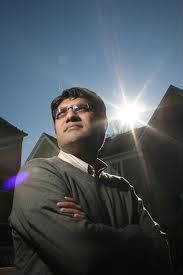 The Carbon War Room’s CEO, Jigar Shah, contibuted to the
The Carbon War Room’s CEO, Jigar Shah, contibuted to the